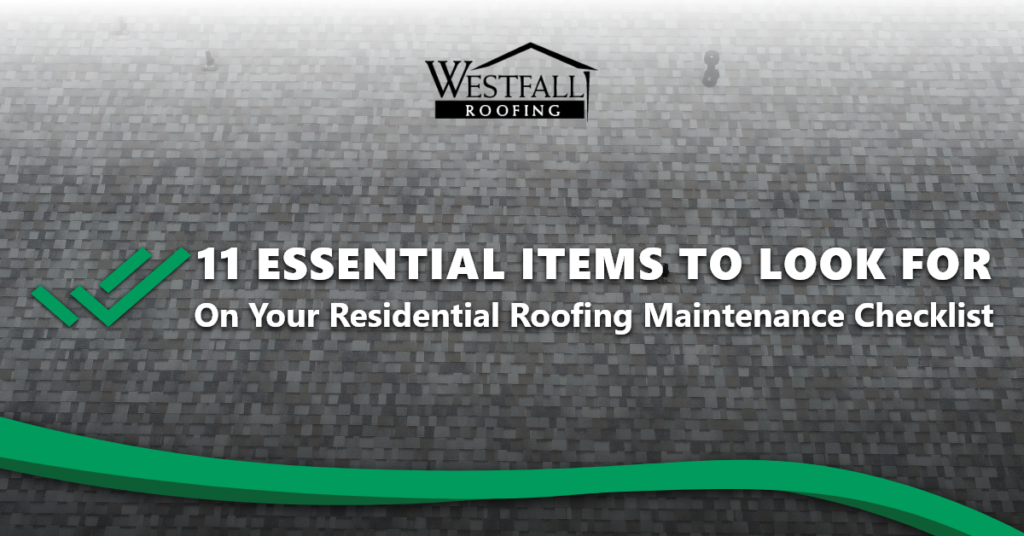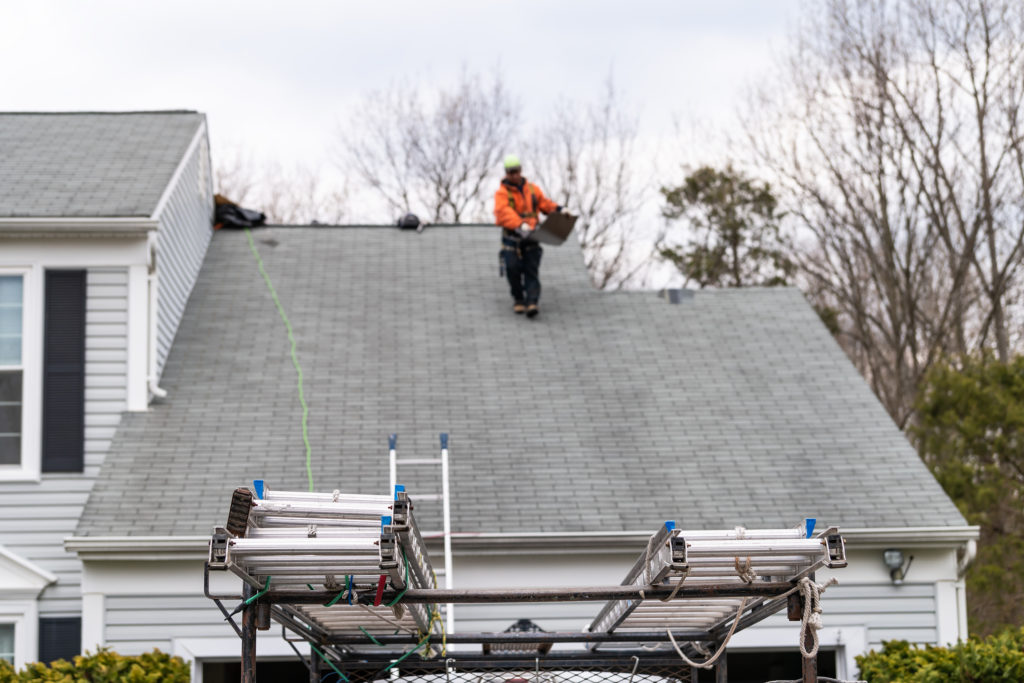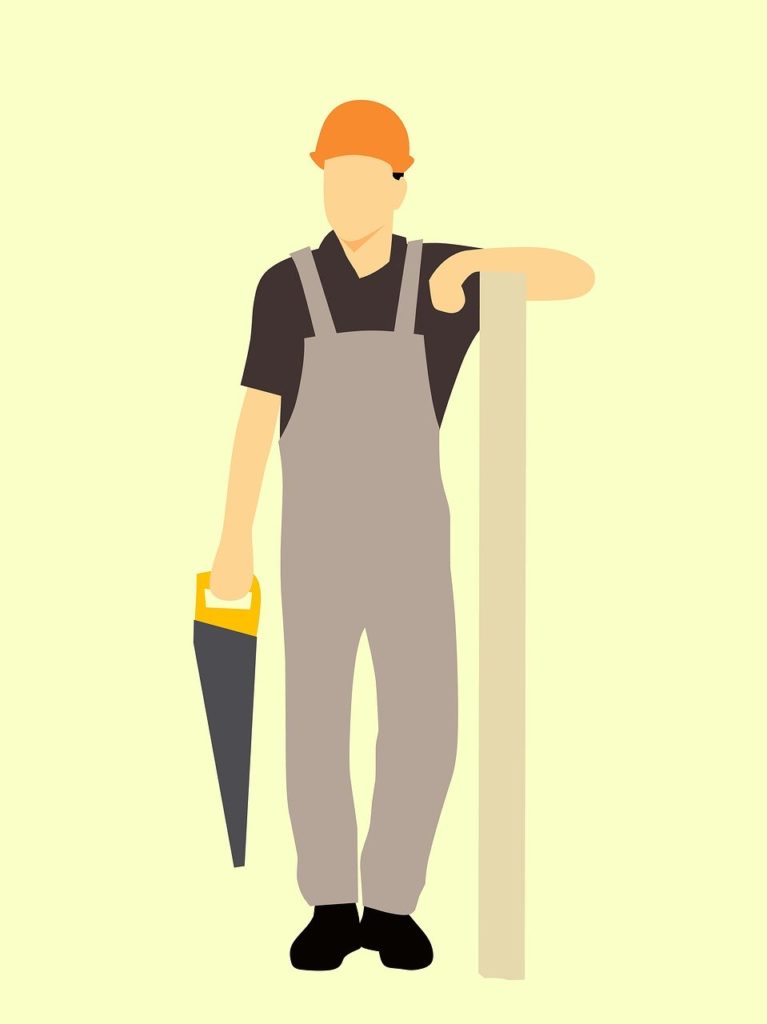It is easy to forget about the upkeep of your home’s roof after installation. A residential roofing maintenance checklist ensures your roof stays functional and keeps your family safe. It also extends the life of your roof, saves you money, and protects the value of your home.
Below is a look at 11 essential maintenance tasks to include on your roofing maintenance checklist. When looking over your roof, doing it from the ground is best. You should hire a professional roofer in West Central Florida like Westfall Roofing to conduct thorough inspections on your roof.
- Deflection – A Crucial Inclusion on Your Residential Roofing Maintenance Checklist
Sag is an important indicator of your roof’s health. A sagging roof compromises the structural integrity of your home. Common structural problems include damaged roof framing and weakened rafters. Heavy loads, water damage, poor installation, and age can cause sagging. A sagging roof is an eyesore that worsens over time. More importantly, it’s a significant safety hazard for your family. As such, it requires immediate repair by roofing professionals.
- Mold
Mold is a common problem for many homeowners. It can spread throughout your roof and cause structural damage and health problems. It also reduces your home’s appeal. The first sign to look out for is black/dark streaks on your roof’s underside. You may also notice a moldy and musty odor the higher you go. Lastly, check for roof leaks. Leaky conditions usually promote the growth of mold.
- Curling/Buckling Shingles
Curling and buckling are signs of damaged shingles. Buckling shingles look as though they have been pushed upward from underneath. Curling shingles turn upward at the edges and appear sunk in the middle.
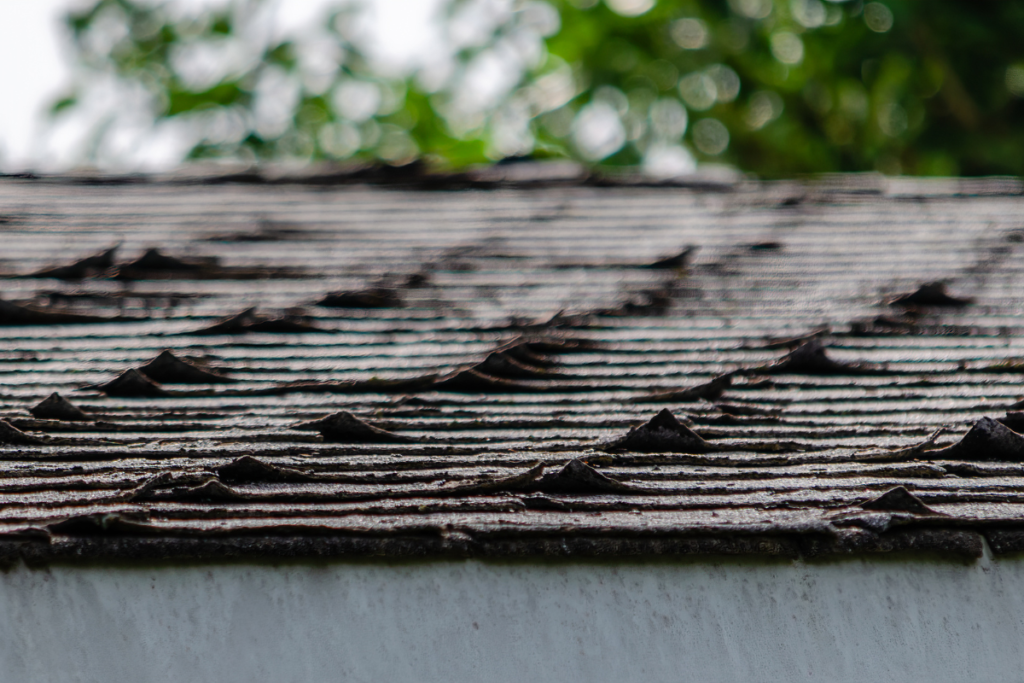
Inclement West Central Florida weather, age, and poor installation can cause roof shingles to curl or buckle. Damaged shingles are a serious problem. It exposes your roof’s underlay and leads to further damage.
- Compromised Flashing
Flashing refers to the material installed at your roof’s roof to wall transitions.. It prevents moisture from seeping into the roof. Faulty flashing can result from poor installation, materials, and inclement weather. Indications of faulty flashing are rust, cracks and protrusions on the metal. You should also have it checked if the flashing is missing or if there is water leakage.
- Gutter Damage
Faulty gutters often cause water damage. The first signs of damaged gutters are leaks and cracks. You should also check if the gutters are warping or sagging. You will need to have your gutters repaired if they pull away from the roof, bend outwards, or damage fascia boards. Making sure the gutters are the correct size is a good practice. They need to be large enough to handle the total volume of water that’s being shed off the surface area of the roof.
- Water Damage on Insulation
Wet insulation leads to water damage and the growth of mold. It also reduces your home’s energy efficiency. Poor ventilation in the attic, water leakage, and faulty installation are the leading causes. Visible water stains, standing water, and discoloration are signs of wet insulation. You should also look for sagging, moldy odor, and rusty metal parts.
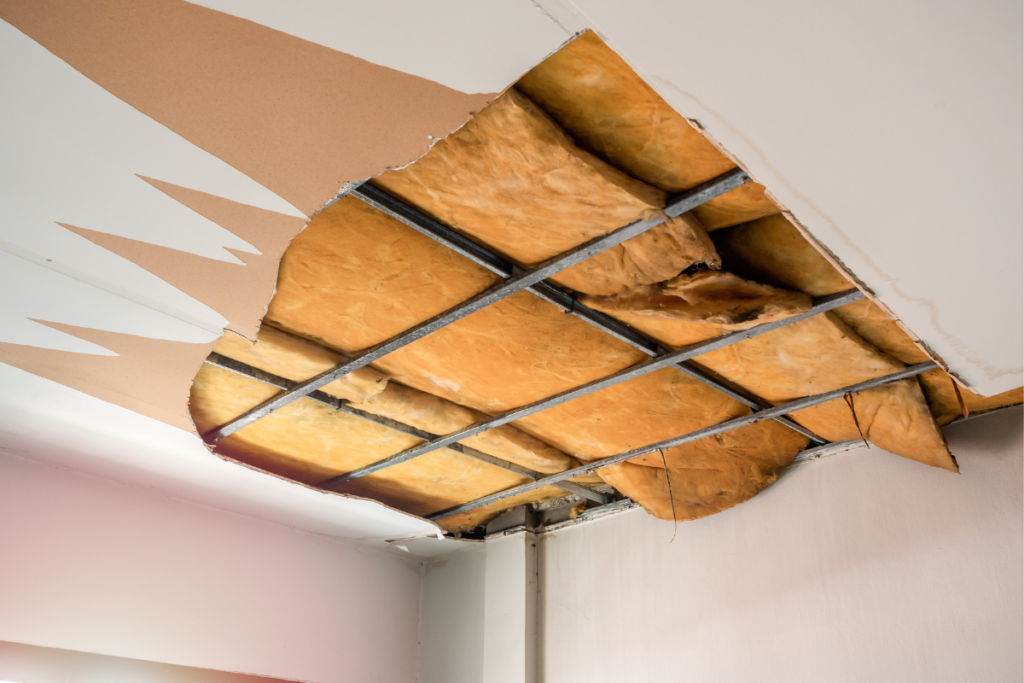
- Loss of Shingle Granules
Roof shingles may shed the granules, which give them texture and color. This can be caused by weather, age, or physical damage. Check the gutters and ground areas around your home for shingle granules. The shedding of shingle granules may seem minor, but it requires your attention. It leaves shingles prone to damage and reduces your roof’s lifespan.
- Missing Roof Shingles
Losing shingles on your roof can be a big problem. Missing shingles expose your roof’s underlay to water damage. It also affects the structural integrity of your roof. Missing roof shingles can sometimes be a sign of sagging decking, so be sure to have it checked.
Missing shingles also impact your home’s insulation and curb appeal. You should quickly replace missing shingles to avoid expensive roof repairs down the road.
- Daylight Penetrating the Interior
Inspect your ceiling or attic to see if natural light is visible through your roof tiles. Daylight penetrating your home indicates that your roof has holes, gaps, cracks, or leaks.
If this is the case, your roof requires repair. Even small gaps can turn into big problems over time if unattended.
- Discolored/Damp Underside of Sheeting/Sheetrock
Roof sheeting supports your roof and comprises the wood boards spanning the trusses. Water exposure can cause wood rot, affecting the entire roof’s performance. It’s easy to miss since sheeting is hidden beneath shingles and above insulation.
Inspect the underside of the roof sheeting for dark/discolored spots. You may also notice a damp smell. Also, touch the wood to check for weakness or sponginess.If your attic is finished with sheetrock, check for water stains that would indicate a leak in the roof.
- Damaged Rafters
A damaged rafter is a structural hazard. A split or cracked rafter needs repairs to avoid further damage. Depending on the damage, this could require the use of a general contractor to complete the structural repair work. The best place to inspect your roof’s rafters is the attic. Check for sag in the roof decking, which may indicate damaged rafters. You can also look for damage from outside. Observe the plane along your roof sections and check if the line of the rafters is straight. A saggy or crooked line may mean your rafters need repair.
All in all, a roof maintenance checklist offers significant benefits. It is essential for your home’s safety and extends the life of your roof. Regular maintenance also prevents costly repairs and saves you money long-term.
Find A Reputable Contractor
After documenting your needs by using the residential roofing maintenance checklist, the next step is finding a reputable roofing contractor to handle the repairs. Westfall Roofing is a trusted roofing contractor in West Central Florida. We have the skills, expertise, and experience to manage any roofing project. Contact Westfall Roofing today to request a free estimate and learn more about our services.

